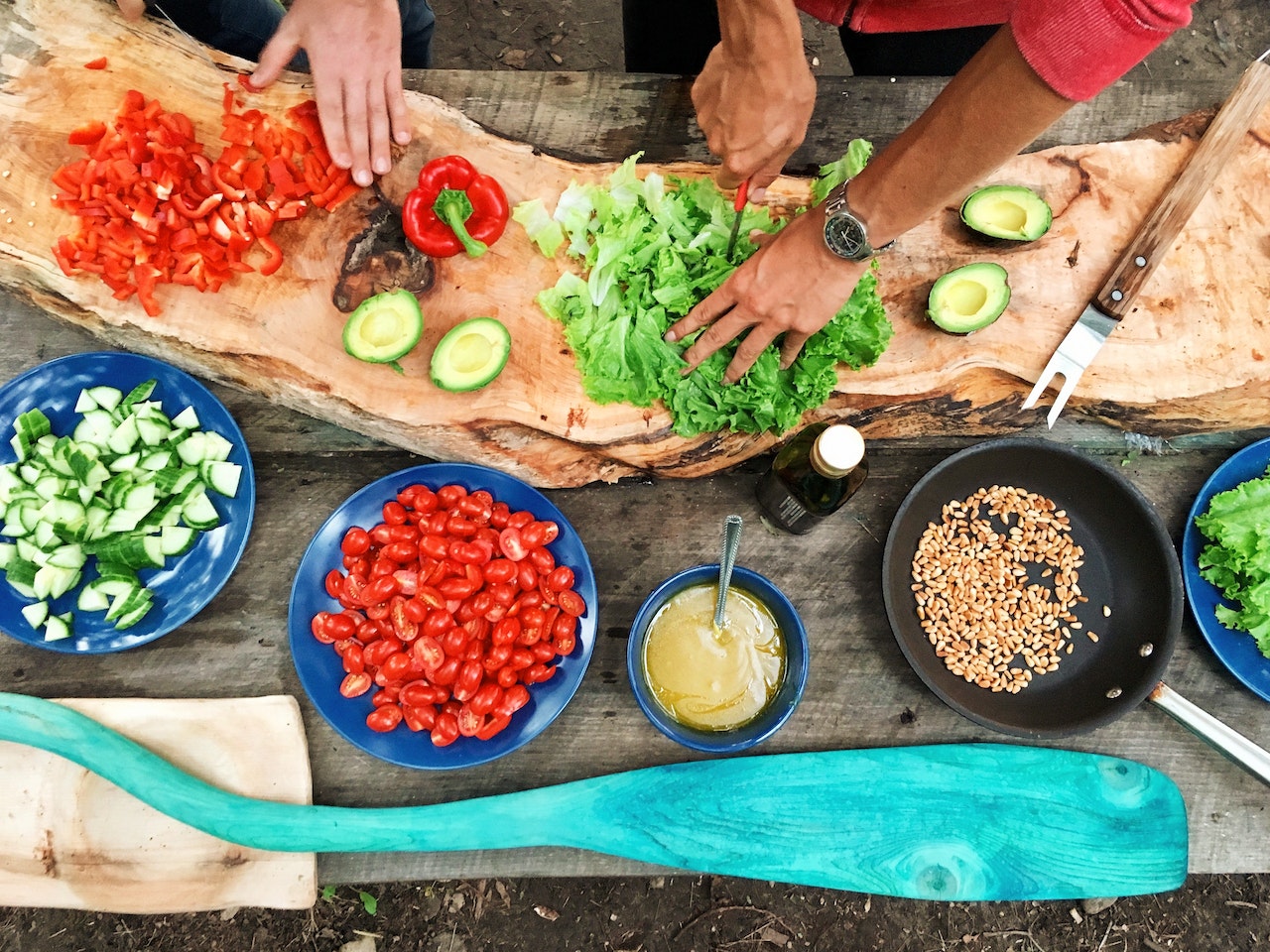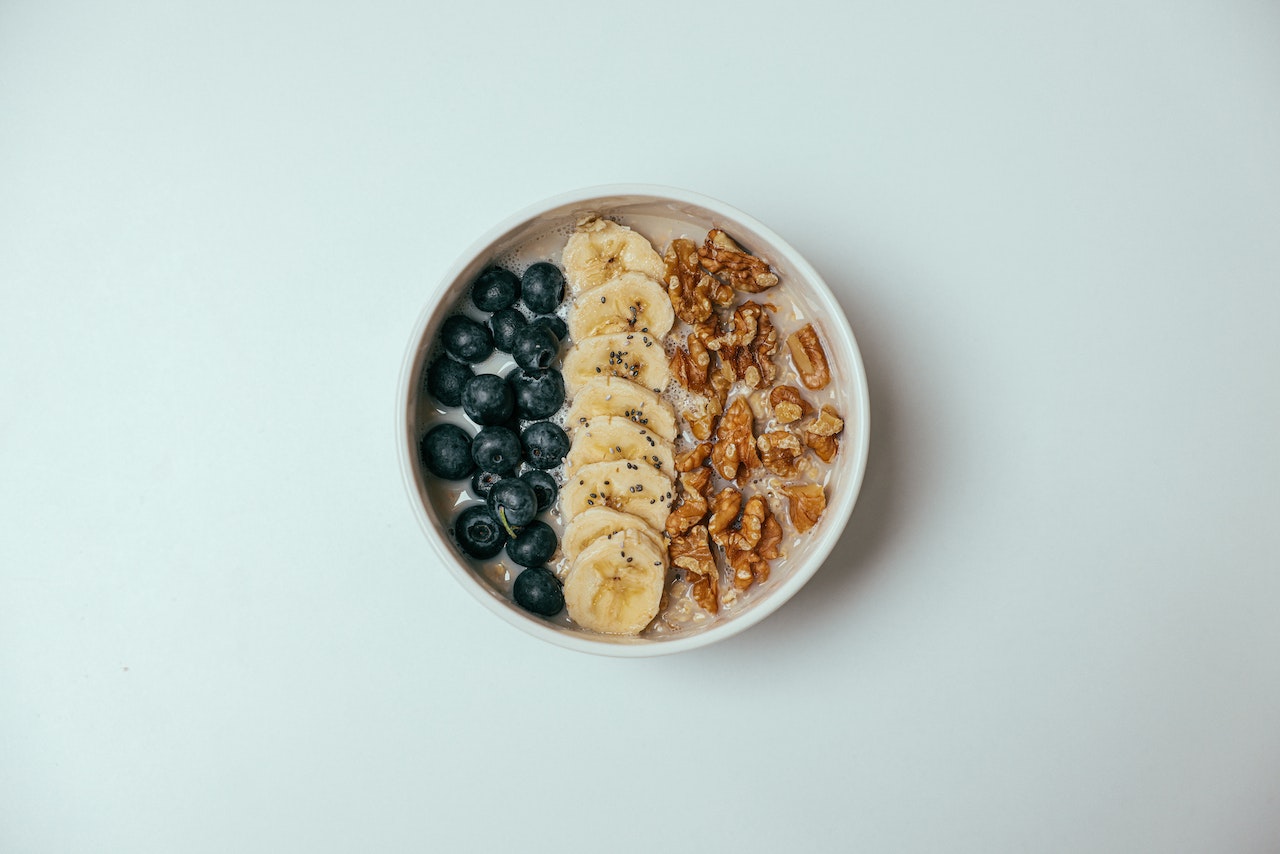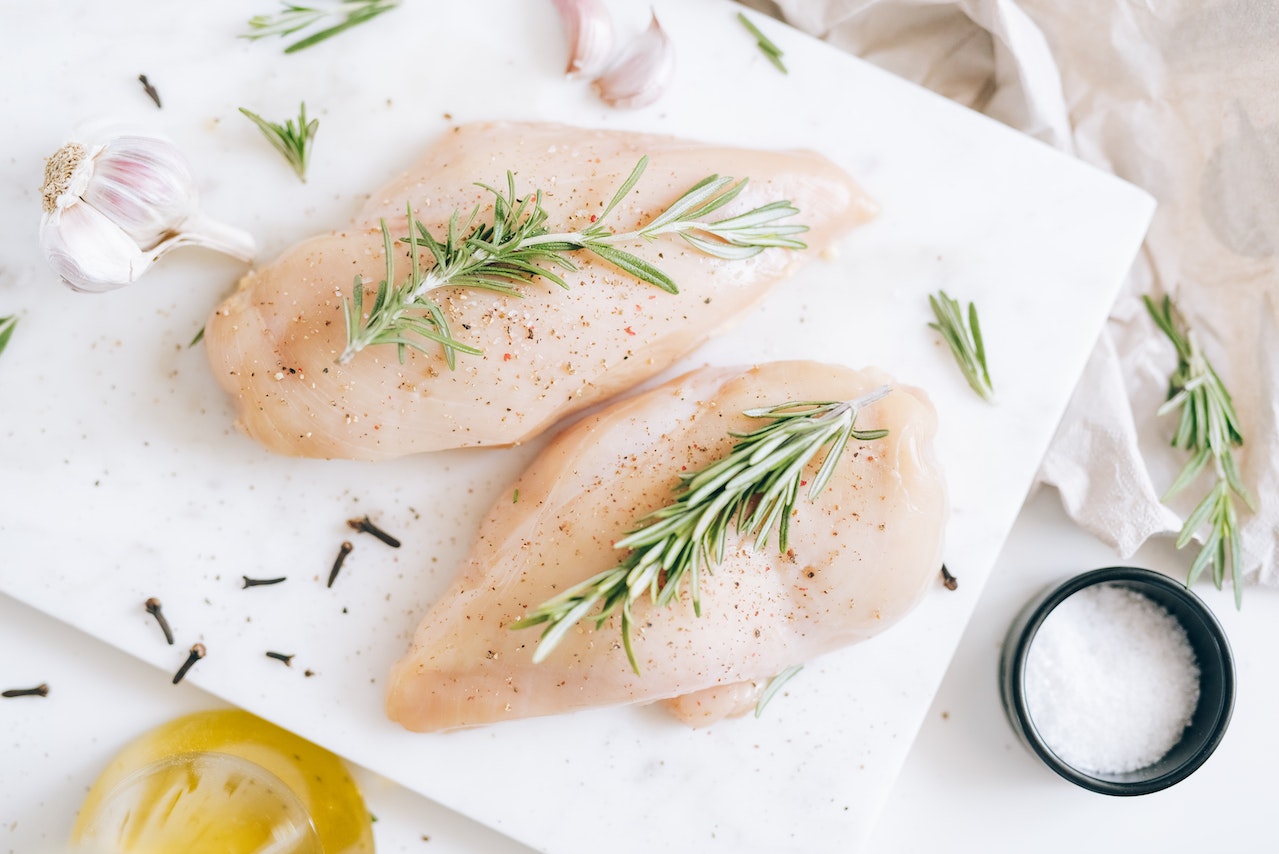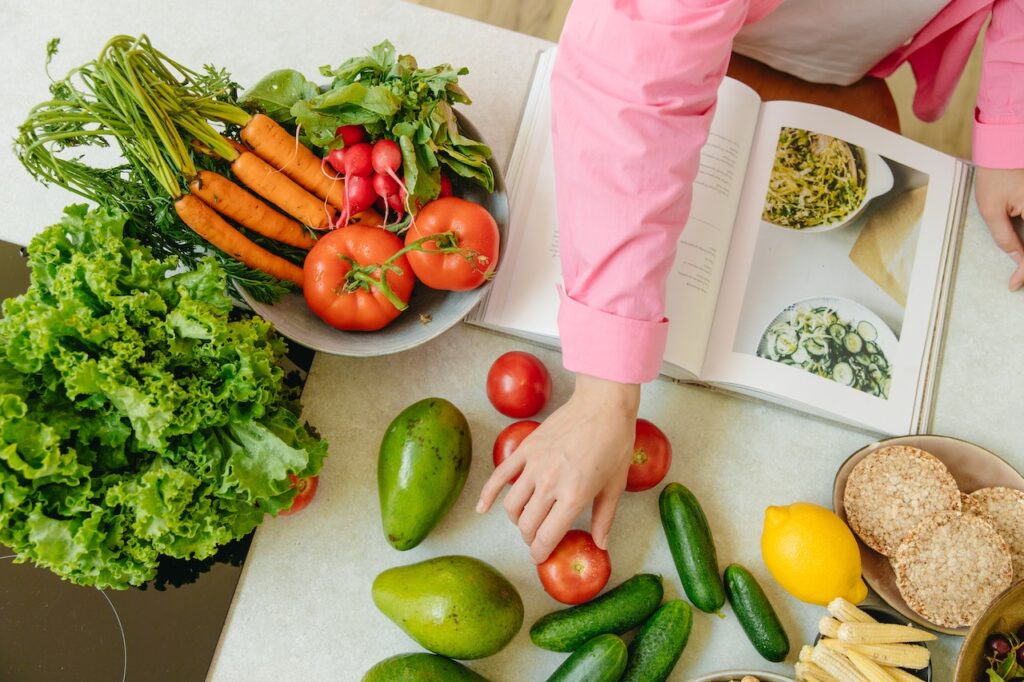
The Best Foods for a Low-Histamine Diet: A Comprehensive Guide
If you’re dealing with histamine intolerance, you know that avoiding high-histamine foods is essential for managing your symptoms. But figuring out what to eat can be a challenge, especially if you’re used to relying on foods that are now off-limits. In this comprehensive guide, we’ll walk you through the best foods for a low-histamine diet and provide tips for optimizing your diet for better health.
Why a Low-Histamine Diet?
First, let’s review what histamine intolerance is and why a low-histamine diet can be helpful. Histamine is a chemical that’s naturally produced by the body and found in certain foods. For most people, histamine is easily broken down by enzymes in the gut, but for some, this process is impaired, leading to an accumulation of histamine in the body.
This can cause a range of symptoms, including:
- Headaches
- Flushing
- Hives or rash
- Abdominal pain
- Diarrhea
- Fatigue
- Difficulty breathing
A low-histamine diet involves avoiding or limiting high-histamine foods to reduce these symptoms.
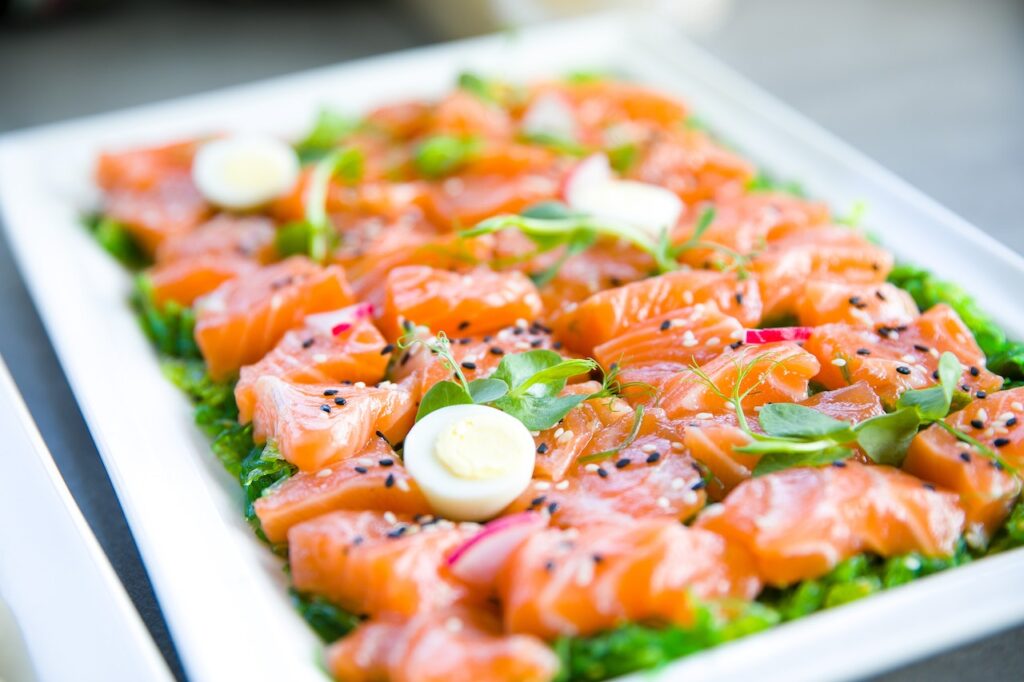
Best Foods for a Low-Histamine Diet
So, what can you eat on a low-histamine diet? Here are some of the best options:
1. Fresh fruits and vegetables:
Most fresh fruits and vegetables are low in histamine and can be enjoyed freely. Just be sure to avoid leftovers or wilted produce, which can have higher histamine levels.
2. Fresh meat and poultry:
Freshly cooked meat and poultry are generally low in histamine. Avoid processed meats like sausages, which can have higher histamine levels.
3. Fresh fish:
Fresh fish is a good source of protein and omega-3 fatty acids. However, be cautious with fish that has been stored for a long time or canned, as they can have high histamine levels.
4. Gluten-free grains:
Gluten-free grains like rice, quinoa, and millet are good options for a low-histamine diet. Avoid bread and other baked goods, as they may contain yeast or other ingredients that can increase histamine levels.
5. Non-dairy milk alternatives:
Almond milk, rice milk, and coconut milk are low in histamine and can be used as a substitute for dairy milk.
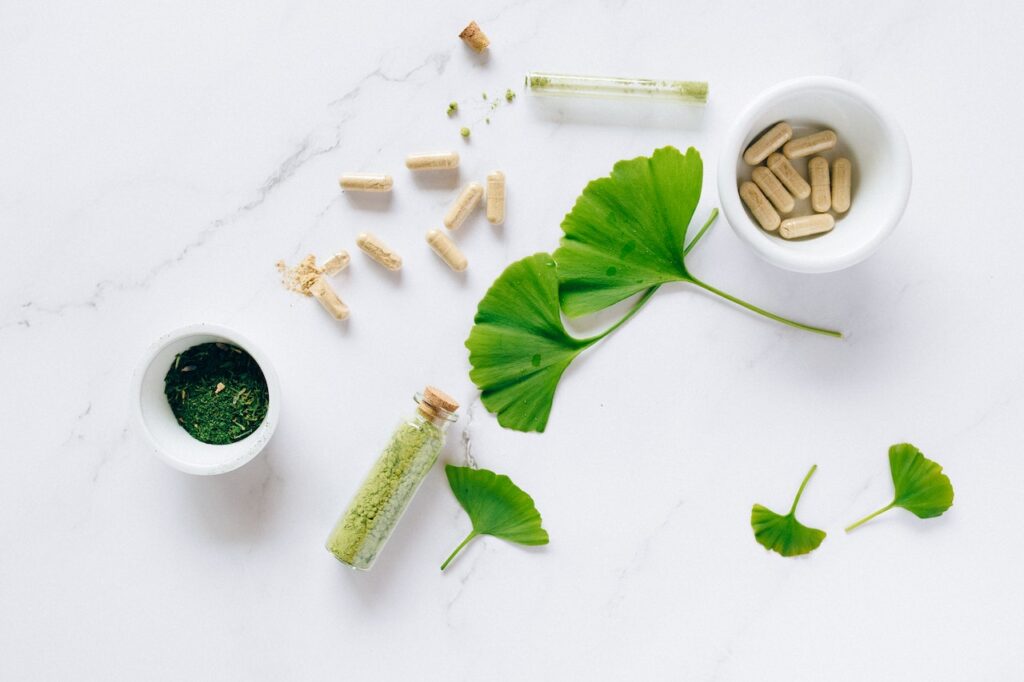
Optimizing Your Low-Histamine Diet
In addition to avoiding high-histamine foods, there are other dietary changes you can make to optimize your low-histamine diet. Here are some tips:
1. Choose anti-inflammatory foods:
Foods that are high in anti-inflammatory compounds like omega-3 fatty acids, turmeric, and ginger can help reduce inflammation and support overall health.
2. Consider a probiotic supplement:
Probiotics can help support gut health and may improve the body’s ability to break down histamine.
3. Try a low-FODMAP diet:
Some people with histamine intolerance also have issues with FODMAPs, which are certain types of carbohydrates that can be difficult to digest. A low-FODMAP diet may help reduce symptoms.
4. Work with a registered dietitian:
A registered dietitian can help you create a personalized low-histamine diet plan and ensure that you’re getting all the nutrients you need.
Conclusion
Following a low-histamine diet can be a game-changer for those struggling with histamine intolerance. By choosing the right foods, you can significantly reduce your symptoms and improve your overall health and wellbeing. Remember to consult with your doctor or a registered dietitian before making any drastic changes to your diet. And if you’re feeling overwhelmed, take it one step at a time.
Start by incorporating more of the low-histamine foods discussed in this guide, and gradually transition to a diet that works best for you. With patience, persistence, and a bit of experimentation, you can enjoy delicious and nutritious meals that support your health and happiness.
Recommended
- All Post
- FODMAP
- Gut Health
- Histamine Intolerance
